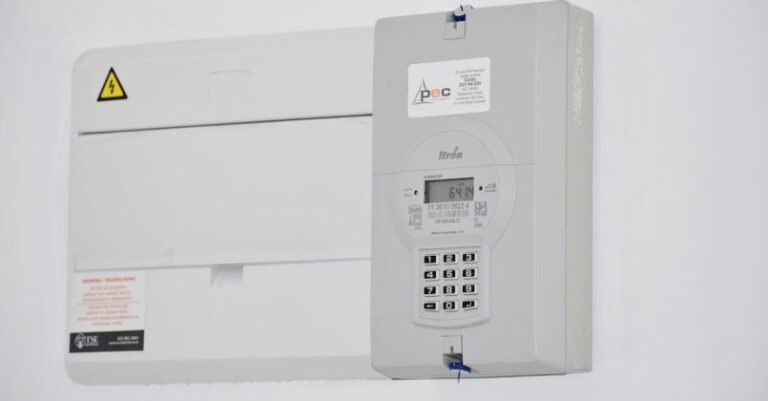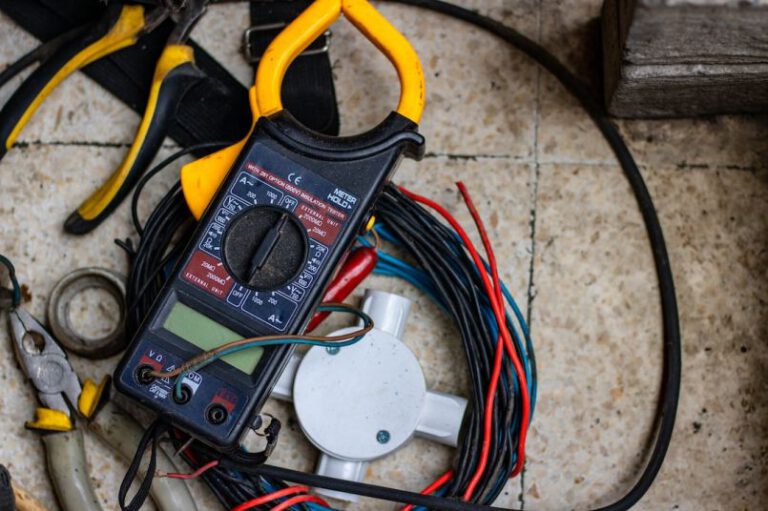Solutions for E-waste: Recycling and Storage
As technology continues to advance, the amount of electronic waste, or e-waste, generated worldwide is rapidly increasing. E-waste includes discarded electronic devices such as computers, smartphones, televisions, and other electronic appliances. The improper disposal of these items poses serious environmental and health risks. To combat this growing problem, effective solutions for e-waste management are needed. Two main solutions that have proven to be successful are recycling and proper storage.
Recycling E-waste: A Sustainable Solution
Recycling is a crucial step in reducing the negative impact of e-waste on the environment. Many electronic devices contain valuable materials such as metals and plastics that can be reused or repurposed. Recycling these materials not only minimizes the need for new raw materials but also reduces energy consumption and greenhouse gas emissions associated with their extraction and production.
The first step in e-waste recycling is the collection of discarded electronic devices. This can be done through various methods, such as drop-off centers, curbside collection programs, or mail-in programs. Once collected, the devices are sent to specialized recycling facilities where they are disassembled, and the components are separated.
During the recycling process, hazardous materials, such as lead, mercury, and cadmium, are safely extracted and disposed of properly. The remaining materials, such as metals and plastics, are then processed and transformed into raw materials that can be used in the manufacturing of new electronic products. This closed-loop system not only reduces the demand for new resources but also prevents the release of harmful substances into the environment.
Proper Storage: Preventing E-waste Accumulation
Another important solution for managing e-waste is proper storage. Many individuals and businesses tend to accumulate old electronic devices without knowing what to do with them. This leads to the unnecessary disposal of these items in landfills or incinerators, exacerbating the e-waste problem.
To prevent e-waste accumulation, it is essential to store electronic devices properly until they can be recycled or disposed of responsibly. One effective method is to designate a specific area or container for e-waste storage. This area should be dry, secure, and easily accessible. It is also important to keep a record of the devices being stored, including their make, model, and date of acquisition, to ensure proper tracking and management.
Additionally, individuals and businesses should consider donating or selling their old electronic devices if they are still functional. Many organizations and charities accept used electronics and refurbish them for resale or donation. This not only extends the lifespan of the devices but also reduces the overall demand for new electronic products.
Conclusion: A Sustainable Future for E-waste
In conclusion, the increasing problem of e-waste requires effective solutions to minimize its environmental and health impacts. Recycling electronic devices is a sustainable solution that allows for the recovery of valuable materials while reducing the need for new resources. Proper storage is also crucial in preventing e-waste accumulation and ensuring responsible disposal. By implementing these solutions, we can work towards a more sustainable future where e-waste is managed responsibly, protecting both the environment and human health. It is essential for individuals, businesses, and governments to take action and prioritize e-waste management to create a cleaner and healthier world for future generations.






